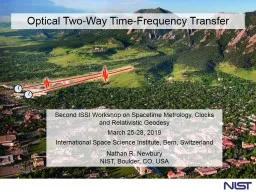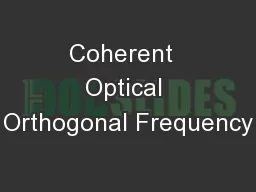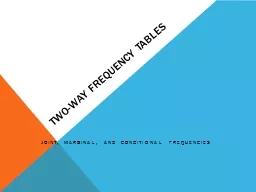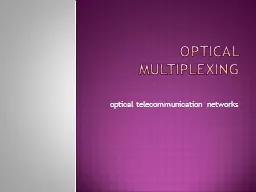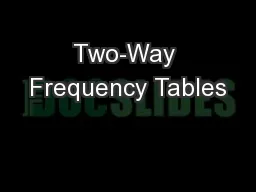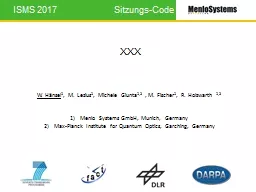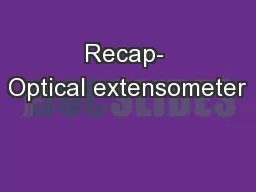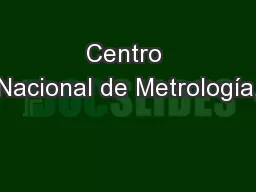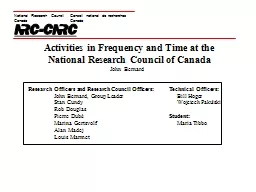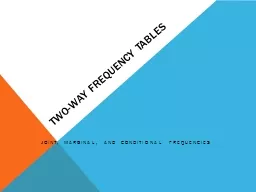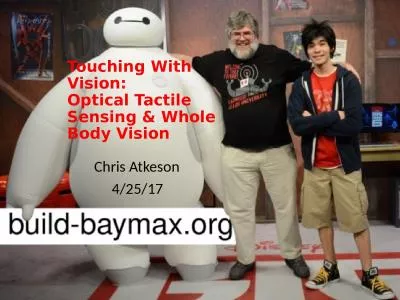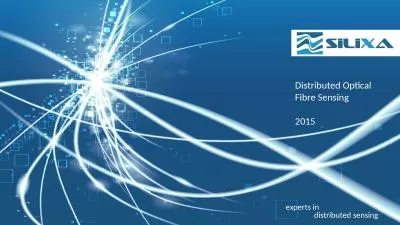PPT-Optical Two-Way Time-Frequency Transfer
Author : cheryl-pisano | Published Date : 2019-06-29
Second ISSI Workshop on Spacetime Metrology Clocks and Relativistic Geodesy March 2528 2019 International Space Science Institute Bern Switzerland Nathan R Newbury
Presentation Embed Code
Download Presentation
Download Presentation The PPT/PDF document "Optical Two-Way Time-Frequency Transfer" is the property of its rightful owner. Permission is granted to download and print the materials on this website for personal, non-commercial use only, and to display it on your personal computer provided you do not modify the materials and that you retain all copyright notices contained in the materials. By downloading content from our website, you accept the terms of this agreement.
Optical Two-Way Time-Frequency Transfer: Transcript
Download Rules Of Document
"Optical Two-Way Time-Frequency Transfer"The content belongs to its owner. You may download and print it for personal use, without modification, and keep all copyright notices. By downloading, you agree to these terms.
Related Documents

